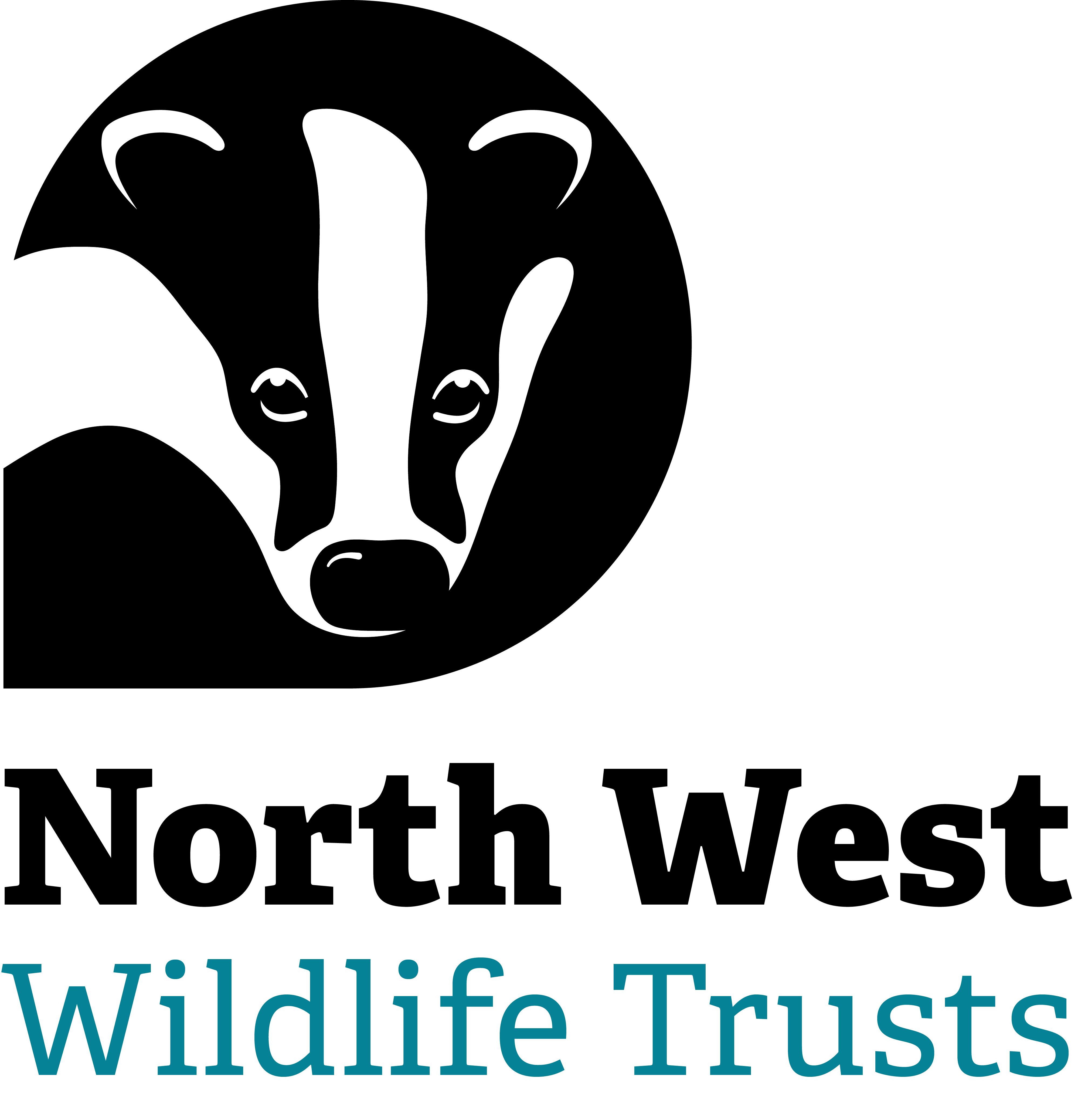
St Annes Sand Dunes Photo: Amy Pennington
Lytham St Annes
Know before you go
Dogs
When to visit
Opening times
All year roundBest time to visit
April to SeptemberAbout the reserve
What makes Lytham so special?
The town is internationally renowned for the Royal Lytham and St Annes golf course and the beach hosts a number of kite flying events each year.
Head southwards and the beach becomes a haven for wildlife. Backed by sand dunes this area attracts huge numbers of wildfowl and waders.
Lytham is the location of the Foulnaze cockle fishery. The fishery has only opened the cockle beds on the Lancashire coast three times in twenty years and August 2013 was the last of these openings.
At the Lytham end of the beach is the Ribble estuary where the sand turns to mud. This makes the area unsuitable for swimming but great for bird watching. More than 250,000 waders and wildfowl, including widgeons, dunlins, sanderlings, red knot, and bar-tailed godwits visit each year. Flocks of pink-footed geese are commonly seen in winter as they fly over St Annes between their feeding grounds. Many pintail and other ducks feed and rest in the estuary.
The Lytham St Annes Nature Reserve has around 250 different plant species. Common lizards are found across the dune system and it is an important habitat for various breeding birds including stonechat, skylark, linnet and reed bunting. The grayling butterfly, which is a coastal specialist, is also found on the dunes.
What to do
Why not come along for a family day out, partake in Donkey rides in summer, enjoying an ice cream by the sea and do some bird watching. You could also hire a pedallo or paddleboat, or visit the RSPB Discovery Centre where you can learn all about the wildlife in the estuary.
Why not download the story of the "little Egret of St Anne's" for a walk to discover St Anne's and the surrounding area.

